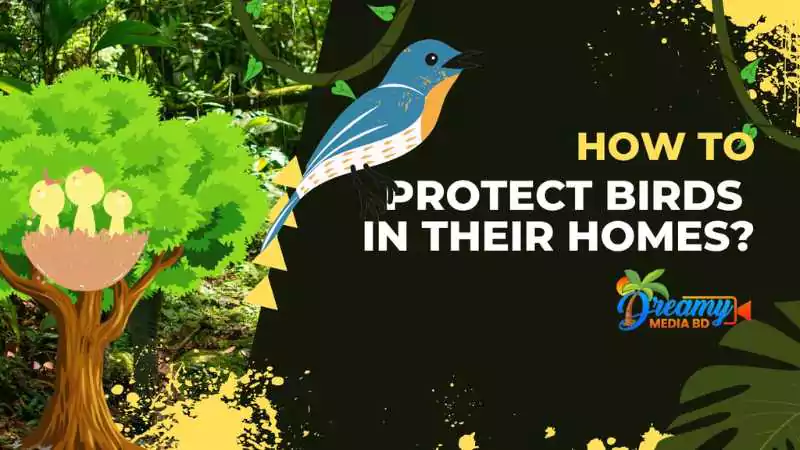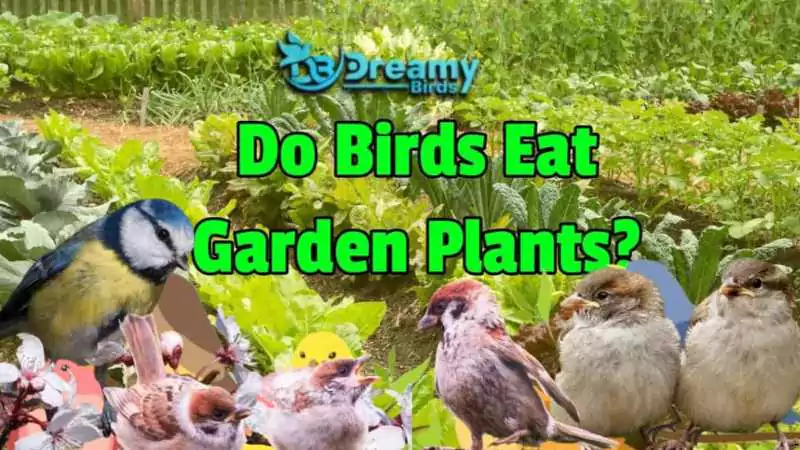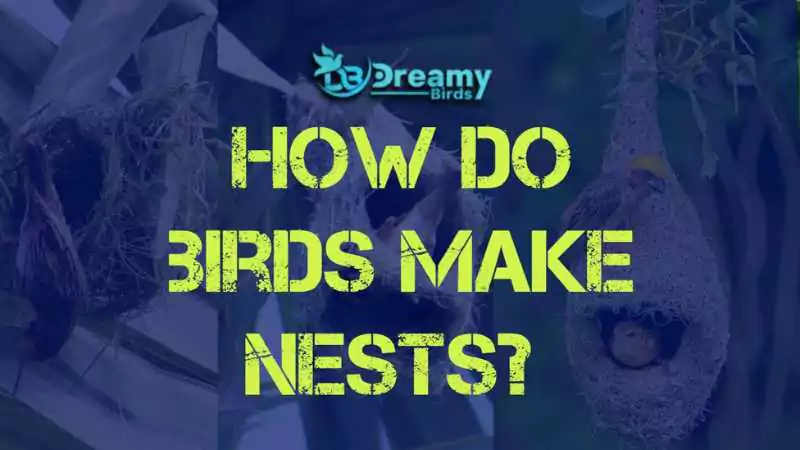Understanding Bird Nest Safety: A Comprehensive Guide
Protect bird nests by building predator-proof boxes, supervising pets, using cayenne pepper for snakes, and vinegar or mint for insects. Minimize garden crowding with netting and encourage a bird-friendly environment with diverse plants. Laws like the Migratory Bird Treaty Act safeguard nests.










